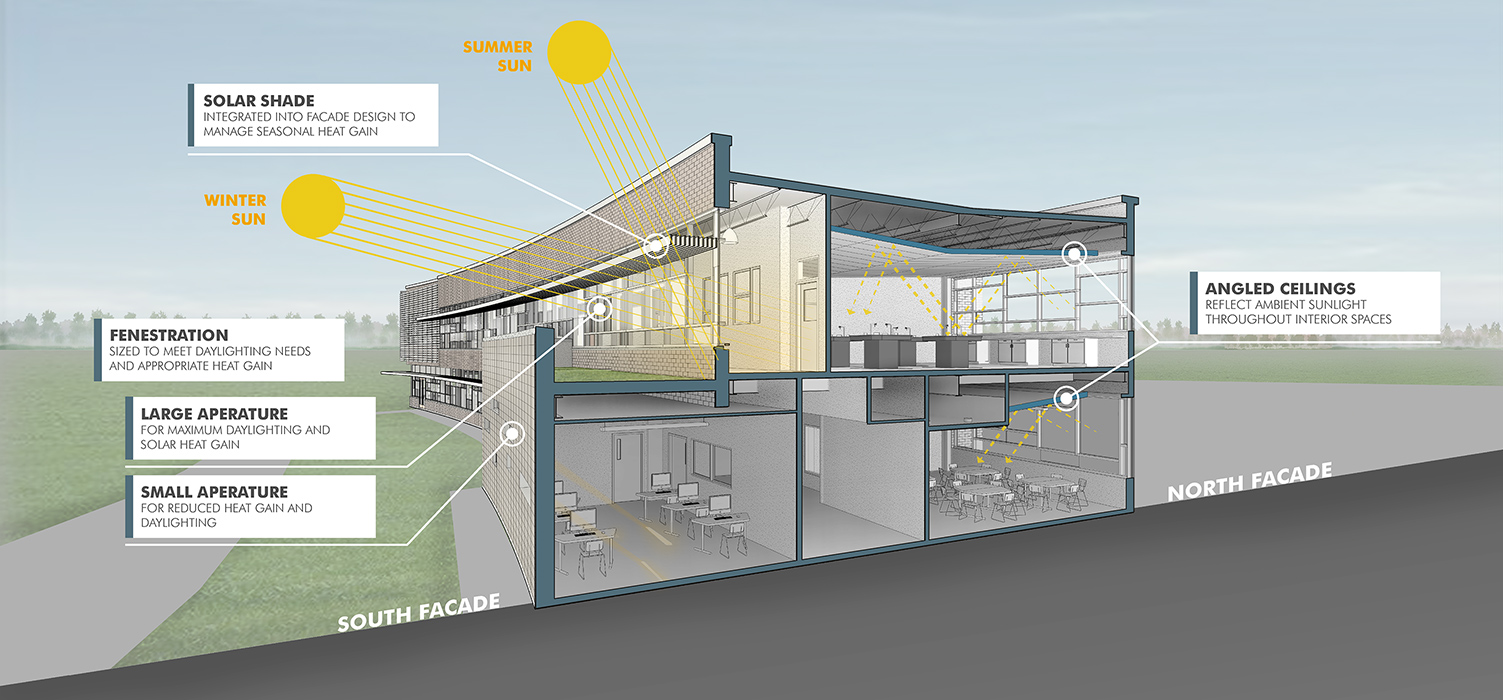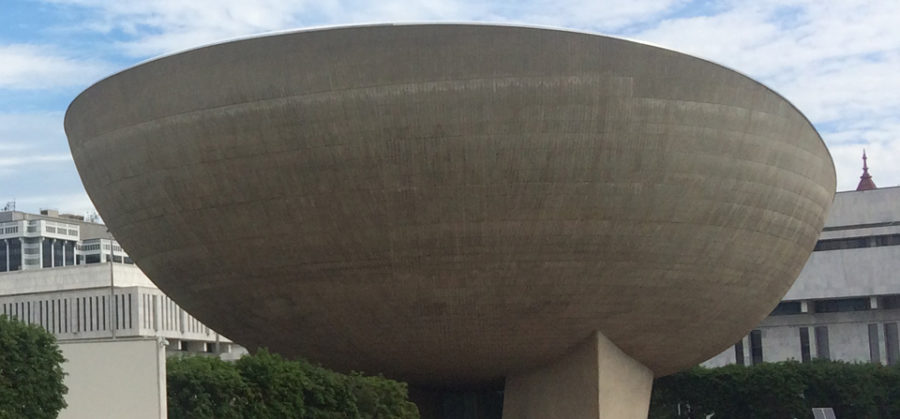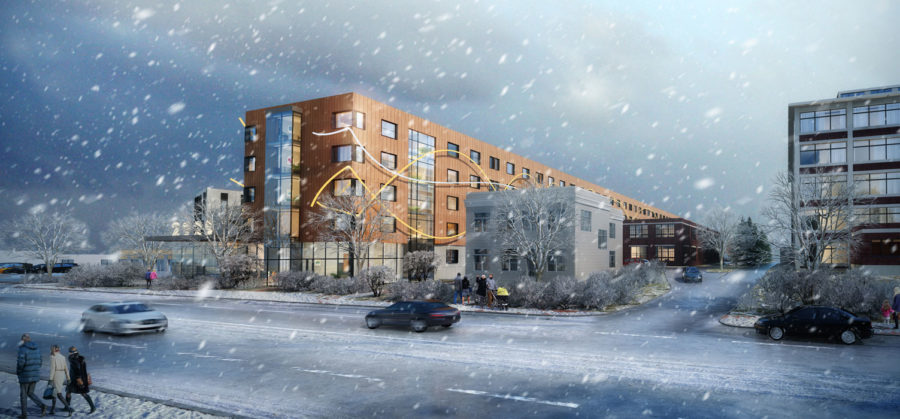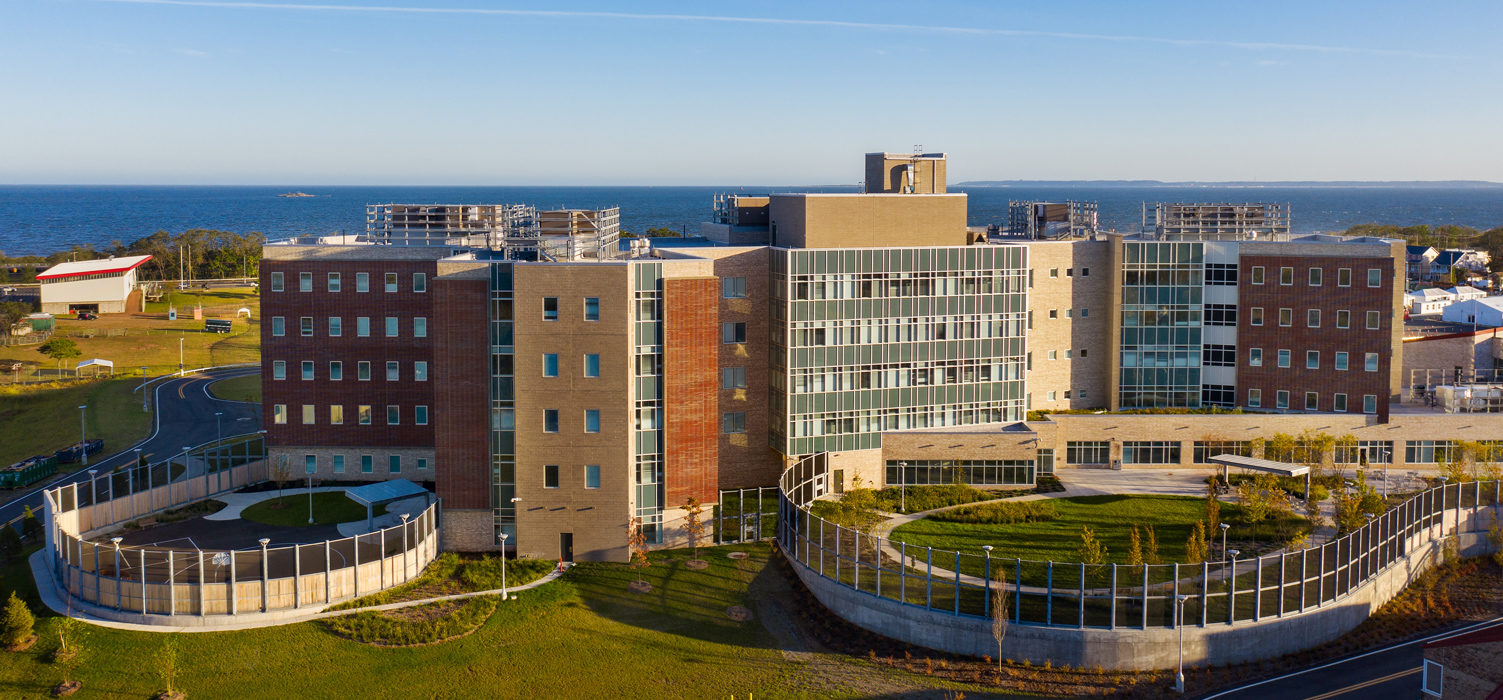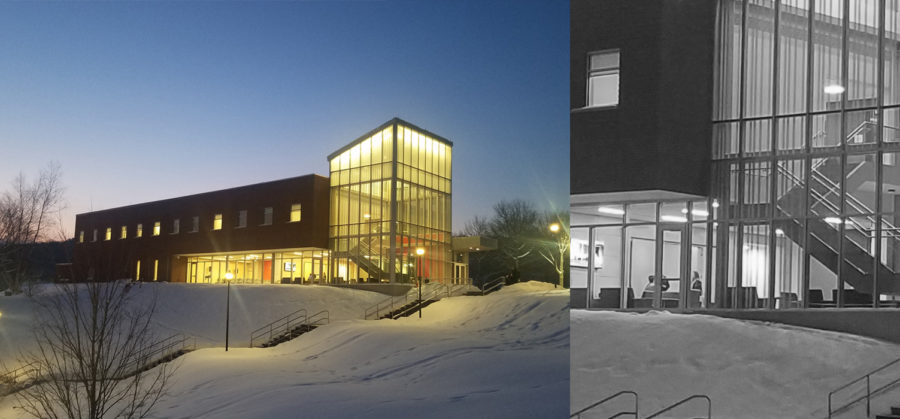The sun is the most efficient source of energy available for human consumption. Photovoltaic systems, commonly known as solar arrays, give us the ability to actively integrate this abundant energy with the function and design of a building. Solar arrays do this by converting direct sunlight into alternating electrical current that can be used to power large heating systems, common appliances, and anything in between. We can also take advantage of the sun’s energy using passive strategies including daylighting, shading, building orientation, and thermal massing to maximize the benefits of solar energy wholistically. Using this wide range of practical active and passive strategies, architects, engineers, and design professionals can incorporate solar energy into their designs to provide a reliable source of electrical and thermal energy that can reduce dependence on fossil fuels and help mitigate the effects of climate change in almost any project.
Those who have embraced solar design have found unique, replicable ways of harmonizing their client’s needs with solar design strategies that have created functional and inspiring spaces that are balanced with the environment. For example, photovoltaic systems have been integrated into design components that take advantage of new and existing site conditions such as solar parking canopies that utilize photovoltaics as shading components that collect energy while reducing albedo generated by a parking surface and vehicles, which heavily contribute to urban heat islands. Contaminated soils on brownfield sites provide another opportunity for photovoltaic systems since these are typically unfit for direct human activity. These areas can host large solar arrays that could be utilized to power local needs from buildings to streetlights, pump stations, or backup power systems that are activated during grid outages. Regardless of whether they are located on a building roof, parking canopy, or on the ground, all solar arrays need to maximize their exposure to sunlight by facing towards the south (in the northern hemisphere), avoiding shading from trees and other obstructions and placing panels at the angle perpendicular to the sun’s rays (typically equal to an areas degree of latitude in fixed panel applications).
Although photovoltaic systems have improved in efficiency, affordability, and applicability at an accelerated pace over the past few decades and have become more common in building construction and renovation, there are still some limitations and potential problems that designers should consider. For example, the Northeast region of the continental United States has less intense solar exposure due to its latitude and winter season which reduce the total amount of solar energy that can be captured over the course of the year. Solar arrays in this region need to be much larger (increased catchment area) than solar arrays in areas with higher solar exposure like the Southwestern United States. Larger arrays can be problematic when considering the rare materials needed to produce solar panels and the limited square footage available for solar production use in urban areas (higher building density) and in forested areas where designers should avoid cutting down trees and other natural habitats. Photovoltaics, however, can still be a productive method of on-site energy generation in the Northeast region when combined with other technologies that take advantage of renewable energies. A great example would be the pairing of solar arrays with energy systems such as geothermal systems that capture natural heat from the ground to offset any losses in solar collection experienced during winter months.
Even with these Northeast regional design challenges, the people of New York State are committed to expanding the availability of solar energy production. There are multiple incentive programs that provide both residential and commercial entities with access to financial assistance, the Residential Solar State Tax Credit, the NY-Sun Smart Energy Loan, the NYSERDA Retail Energy Storage Incentive Program, and the NY-Sun Affordable Solar Program to name a few. Additionally, municipal zoning codes have been adopted throughout the state, such as the Buffalo Green Code facilitates photovoltaics’ use in residential and commercial applications by removing components of outdated codes that limit their use. These programs and policies help residents and professionals in New York State focus on the energy-related benefits that photovoltaic systems can provide rather than the financial and legal barriers that would otherwise discourage them.
Architects, engineers, and other design professionals should help their clients understand the changing climate their projects are being designed for and the importance of embracing and implementing solar technologies, and the incentives available to them. Technological advancements and climate-friendly advantages presented by photovoltaics offer reduced dependency on fossil fuels, push the industry towards more reliable building systems, and help to mitigate the effects of climate change, a responsibility that design professionals across the globe must embrace.

